I will admit, most of my other projects have taken a back seat to getting the fruit and nut trees in the ground. In retrospect, that is probably THE big project, though I never thought of it that way. As with almost anything you do in PR, it has taken longer than I thought it would to get to this point.
I covered most of that in the first 2 parts. 
Outside the ‘planting of the trees’, there are several other projects I’m working on. They can be grouped into ‘minor’ and ‘major’ efforts.
I’ll cover the smaller projects first, the bigger ones last.
Minor Projects:
A few of my early projects or experiments were related to growing new stuff. Those included growing peanuts in raised beds (I would do that again), testing tropical birdseed for potential growth (I would do that again, too), growing Kenaf (a pulpy, fibrous Hibiscus similar to Hemp, but not illegal) to assess it’s ability to prosper and even a little cotton too. Most of these have been covered in previous posts.
 Way back when, Cotton was a minor cash crop here on the island.
Way back when, Cotton was a minor cash crop here on the island.
It grows wild along the side of the road. The plant resembles a big bush with fluffs of white on it. I picked enough roadside cotton to start a dozen plants, just to see how it grows. I figure these could be considered ‘heirloom seeds’.
Well, cotton needs a lot of water. More than I currently have available. Another issue is removing the seeds. It took me 2 hours to pull all the seeds from about 6 ounces of ‘fluff’. Yeah, yeah, Eli invented the Cotton Gin. A device created before the Industrial Revolution… hand operated by an army of slaves. I have plans for one and if I ever go back to growing some, I’ll make one. It really is a simple little contraption. 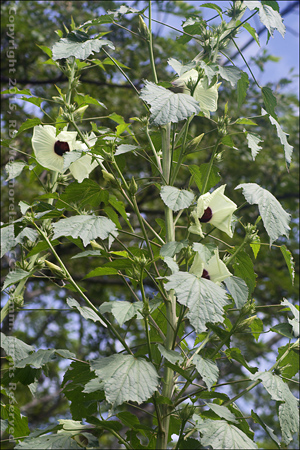
My interest in cotton, Kenaf and bamboo is related to making paper.
I may never get to doing that,
but I could. Custom made art papers command a very high price. Or incorporate it into some type of finished product maybe?
The Kenaf Experiment has concluded
Besides its primary application in making paper, I thought it had other potential. The inner core of Kenaf is a light blonde color. That means it does not need as much bleaching to achieve a bright white, unlike wood-pulp which requires a lot of bleaching. In many respects, the pithy inner core reminds me of Balsa wood. Kenaf is as light and strong as Balsa wood. (Balsa wood is something else I’m experimenting with growing.)
While still green, the thin outer bark of Kenaf can be stripped off in long pieces and then split into almost hairline strands. It is very stout, making it a perfect candidate for reinforcing things like epoxy or concrete. Bamboo is already used for similar applications in Asia.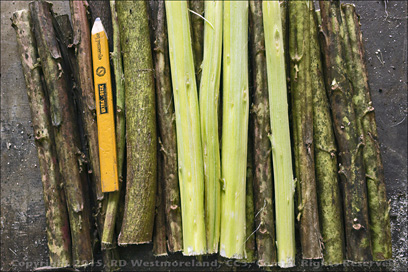
The seeds, if you have enough, can be pressed into an edible oil or natural lubricant. I’m saving what seeds I have for a future plot.
I did determine Kenaf uses a lot of water, much like cotton. Another issue is the ‘root clump’. For a plant that will grow to over 10 feet tall, it has a very small root ball. That lets it take up water and nutrients more quickly, but it also means wind can blow it over, no problem. Part of mine did. It has been grown in pilot projects in Georgia and Florida.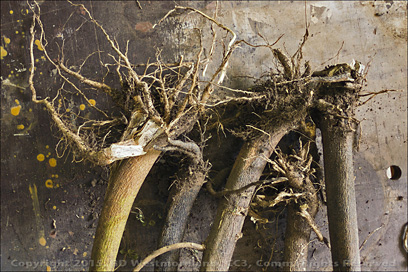
I grew mine all the way to seed on purpose, but if you were growing it for paper pulping, you would want to cut it down just as it started to flower, while it’s still green… before it dies and starts to rot. The termites loved it. I managed to save most of the stems and dried them out for future experiments.
The Bamboo Effort
Bamboo is a very under-rated cash crop in Puerto Rico. There is a ton of it on the island, but Bambusa Vulgaris or Common Bamboo was chosen for it’s erosion control properties. Plus it will adapt to a wide range of growing conditions. It is very, very hardy.
Unfortunately, it’s a bad choice for construction or making paper.
It has a very high starch content which must be stripped from the bamboo before it can be treated for insect infestation. A requirement for exportation. This is an additional step, other bamboo species do not require. It is also a candidate for charcoal production, but I need to determine it’s silica content before I go any further with that. High silica bamboo makes for poor charcoal.
Bamboo for export is a thriving industry in places like Costa Rica.
To that end, I have 5 species of bamboo I started from seed. No, it’s not anywhere near ready to harvest. It all needs a few more years before I can even consider that. Plus these are small scale test patches of bamboo. Nothing done on a commercial scale.
Though I will be putting most of the tree planting behind me soon, I did score some Dendrocalamus giganteus seeds for testing. A bamboo suitable for large construction projects. I do not even know if they will germinate. 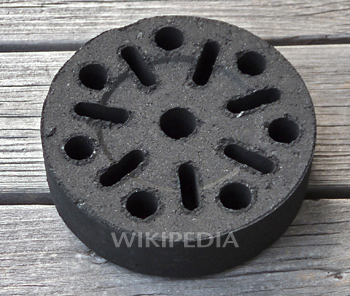 I’m working on that as I write this. If I do get them to sprout, it will be two years before they can go into the ground. By then, I hope to have some kind of rope bridge to the other side of the hoya. More about that thought, further down the page.
I’m working on that as I write this. If I do get them to sprout, it will be two years before they can go into the ground. By then, I hope to have some kind of rope bridge to the other side of the hoya. More about that thought, further down the page.
Other finished projects include a 55 gal. drum composter, a stand to hold 2x 55 gal. drums for collecting rainwater and a concrete platform to hold one of those square 275 gal. tanks, also for rainwater. On another occasion I cut plastic 55 gal. drums in half, to make giant planters. I used those for the Kenaf testbed, Ginger and Turmeric.
The Major Projects:
Fun with Charcoal
To be precise, biochar made from dried plant and tree mass, collected during clean up of the property.
Making charcoal has been on the back of my mind since before I ever left Alaska for Puerto Rico. I made my first charcoal retort while living in the Matanuska Valley.
 Now I have enough dried ’biomass’ from cleanup, to make charcoal by the 40 pound bag. I’m not, but I could. Making charcoal is probably the oldest manufacturing process there is. Cave men used to do it. And it’s fundamental to a lot of other processes like metal work. It’s where the carbon used in carbon steel comes from. Iron Age stuff.
Now I have enough dried ’biomass’ from cleanup, to make charcoal by the 40 pound bag. I’m not, but I could. Making charcoal is probably the oldest manufacturing process there is. Cave men used to do it. And it’s fundamental to a lot of other processes like metal work. It’s where the carbon used in carbon steel comes from. Iron Age stuff.
I have two main interests- As a source for making my own smokeless briquettes and as a soil amendment to improve plant growth.
I don’t have the space to get into the whole Biochar thing, but it is a way to turn some garbage into a renewable product. The ancient farmers of the Amazon basin were doing this. It was a way to manage human bio-waste at the community level by turning it into fertilizer for crops. You did see the movie, the “Martian”, right?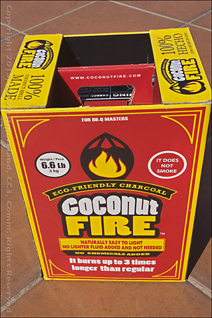
Custom Briquettes-
I have a goal- I want to make a single round briquette that can be used to boil a kettle’s worth of water in under 10 minutes. Much like turning on a coffee maker in the morning. And it has to be easy to light and produce little to no smoke or smell.
They have been making briquettes like this in Asia for a long time. I’ve seen the photos and YouTubes of it. That’s where I got the idea. Unfortunately, they are not commercially available in the US. The closest commercial product from Asia is those small briquettes made from Coconut charcoal.
They can be hard to light.
The large round briquette in the Wikipedia photo was made in Japan and is similar to what I have in mind. Mine will be tailored to one of those cheap stainless steel camp stoves you can get off eBay. Something I could crank out a bunch of, in an afternoon. I’ve been collecting up the parts I need to build the mold for pressing them, but I’m not there yet. Scoring some charcoal comes first.
Thing is, grinding it up will require something a little more advanced than the ‘crushing bar’ I made from steel pipe, if I want to take this to some level of production. I have the plans for such a device.
Since this is just a test project to determine viability, that can wait. Proof of Product comes first. That said, I probably would not get too involved with making my own high-grade charcoal for briquette purposes. I can buy perfectly good ‘chunk charcoal’ from roadside vendors. It’s readily available and at fair prices too. Updates as I make progress.
Biochar as a Soil Amendment
This is my other area of interest and I wish I had started on this, the day I moved to PR. This has a chance to revolutionize agriculture. Especially on the small scale or community level. A big issue with most fertilizers is that they often end up in the water table or washed off the surface into streams. A loss for the farmer and a health hazard for everyone downhill from the farm.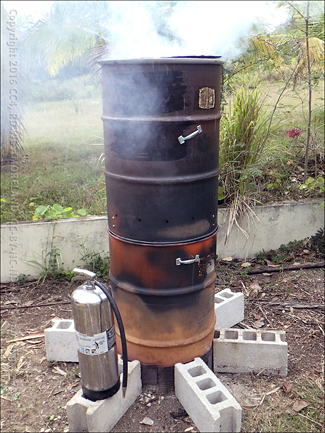
Charcoal can help with that.
Charcoal by itself, is not a good idea, but when fortified with nutrients and turned into the soil, it will slowly release those nutrients back into the ground. It really is that simple.
The complexity comes from what you add to the charcoal. Charcoal acts as a slow release mechanism. Charcoal does not self-destruct as quickly as raw bio-matter does.
There is the added advantage of sequestering some of the ‘Greenhouse Gas’ carbon, but for the small scale farmer, that’s of little concern. It’s just a bonus of the process.
Charcoal can be ‘fortified’ in many ways. Animal manure compost is very popular. I now mix crushed biochar 50/50 into my composting barrel. You can also add simple chemical nitrates too. But a lot less of it since it will be slowly released to the ground over a matter of time.
I know this works because I subscribe to an email list about biochar as a soil enhancement mechanism, with many farmers (small and large) testifying to it’s success in improving their production. It can be ‘cost effective’. This is an entire industry that could be developed on the local level.  I’m not looking to set up a business, just turn some of our waste into something useful.
I’m not looking to set up a business, just turn some of our waste into something useful.
Warning-
Raw charcoal will absorb moisture and nutrients/ chemicals from the ground.
If you add it directly to the soil without any ‘enhancements’, it will pull what nutrients are present, temporarily depriving the soil of those same nutrients. It will eventually return those nutrients to the soil, but you will see a drop in production in that first year or two. It needs to be fortified before you use it.
What is the difference between Biochar and chunk charcoal?
They are basically the same, but Biochar is a much cruder product and can be made from almost any dried vegetative material. It needs to be dry to work. I’ve used dried palm fronds, dried leaves, deadfall that was not rotten and small sticks. You get the idea.  Biochar is often made in the field where it is collected, using steel barrels, but there is a better way. A ‘wok’ like kiln allows you to burn it in the open with a minimum of smoke. Less of an environmental issue. These ‘Kon-Tiki’ kilns are being fabricated everywhere. I want to make one. This crude charcoal will have some ash and maybe dirt in it so I am less inclined to use it for briquettes, but you could.
Biochar is often made in the field where it is collected, using steel barrels, but there is a better way. A ‘wok’ like kiln allows you to burn it in the open with a minimum of smoke. Less of an environmental issue. These ‘Kon-Tiki’ kilns are being fabricated everywhere. I want to make one. This crude charcoal will have some ash and maybe dirt in it so I am less inclined to use it for briquettes, but you could.
A traditional charcoal retort will make a high quality charcoal, but it’s overkill for stuff you plan to use as a soil supplement. Either way works.
In the end the more ‘fortified’ charcoal I can put in the ground the better.
We have more area I could work, if I had access to it. There is a very deep hoya that cuts our property in half. In fact, most of it is on the other side of the ravine. There was a small concrete bridge, but it was torn out by a hurricane, many years ago. Most of the time the hoya is a dry creek-bed. We only see water running when we get a lot of rain. But I have seen debris in the trees at the 30 feet level so I know it can flood.
What I have in mind is a small steel wire suspension bridge that could be hung above any potential flooding. A foot bridge that would support a lawn tractor or ATV.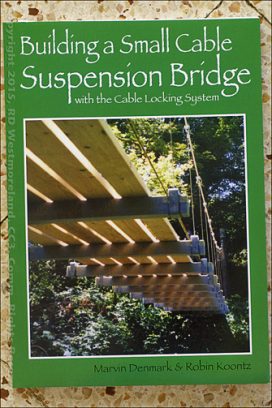
This project is only in the planning stage. I’m not trying to reinvent the wheel. I found a little book and many examples of what others have done. YouTube has several examples. Basically, it can be built with locally available hardware and tools, no problem.
There are many small bridges like this in Puerto Rico.
In fact, there is a good example of one about a mile from the house. I photographed it in detail. It is in decay now, as the main road runs around it, but at one time, it was quite solid. What I have in mind is a miniature version of that. But instead of concrete columns, I would use steel I beams. Something two guys could put up in a few days.
I do have to look into the ‘local regs’ so this is not a done deal. More on this as time allows.
Alternative Photo Processes and a New Darkroom
There was a time I had the ambition to make and sell my own prints on-line.
I left that behind when I moved to PR. Nor did I ever consider I would be setting up another darkroom. To what end? I love digital. Who needs a bunch of smelly chemicals?
In today’s fine art print market it is very hard to distinguish yourself from everybody else. There are literally tens of thousands of photographers trying to sell prints via the internet. ‘Prints on Demand’ has become the defacto way of delivering a finished product to a potential customer. No mess, no fuss for the photographer. 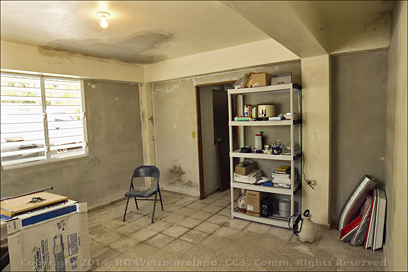
That sounds great until you realize only those with serious marketing skills stand a chance at making any real money.
And you better have a website too.
In fact, most ‘print on demand’ services make most of their money off the photographers buying their own stuff.
So the real question is- ‘How do you distinguish yourself from everybody else?’ What is your USP (unique selling point)?
Analog versus Digital…
There has been a small backlash to all the ‘print-on-demand’ work by a group of artists dedicated to alternative or historical photo processes. I never really considered it a viable solution because much of the work is not that good. 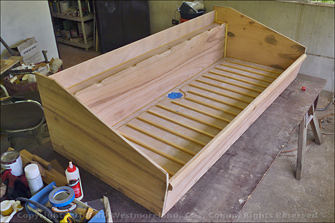 At least not something anyone would want to collect. I always attributed it to the process. Then there is the issue of longevity. Turns out, you can create high quality images with archival properties, no problem.
At least not something anyone would want to collect. I always attributed it to the process. Then there is the issue of longevity. Turns out, you can create high quality images with archival properties, no problem.
It is labor-intensive.
I’m okay with that.
Again, I do not have the room to elaborate about the processes involved. I’ll feature all of those on a different website dedicated to ‘creatives’. I’m working on it.
I can say, this is the 5th and hopefully, final darkroom I’ll ever do. Since I’m scrounging on the used market for the equipment I need, it’s taken awhile to get everything. I had to build a darkroom sink from plywood and finish it in fiberglass resin. Along with a custom flat file for storing sheet stock.
Basically, I’m putting together another pre-press litho darkroom, minus the litho camera. I don’t really need one of those for making prints. I’m still looking for a used ‘Fliptop’ plateburner. A 30” x 40” Pulse-Xenon, NuArc would be perfect. In the old days, they were quite common. I owned one in a previous life. Used graphic arts gear is hard to come by in Puerto Rico. 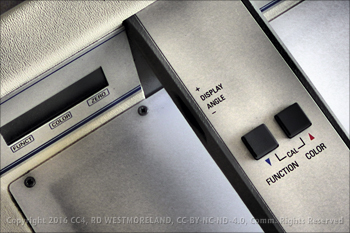 Shipping one over from the mainland would be insane because of transportation costs. Not to mention the ‘port tax’ they would levy on delivery.
Shipping one over from the mainland would be insane because of transportation costs. Not to mention the ‘port tax’ they would levy on delivery.
There is a plan B in place…
I have a 1,000 watt UV grow lamp that will do the job. It simply means the exposures are longer.
The densitometer allows me to make digital negatives with a precise gamma range. Another tool I’ve used before. The extra cost up front, will minimize the ‘trial and error’ process of getting to a good print later. 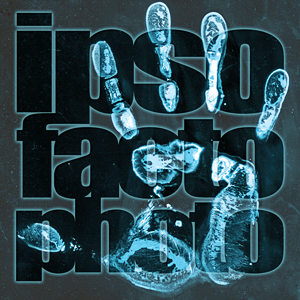 On a fluke, me First Mate found the UV sensitive densitometer on Craigslist in Illinois. It was a steal!
On a fluke, me First Mate found the UV sensitive densitometer on Craigslist in Illinois. It was a steal!
Never in a million years, did I think I would ever be outfitting a new darkroom. Strange how things work out.
To be clear, my target market is on the mainland. I will be updating my other websites as I get closer to production. I use the term ‘production’ loosely as I’m the only one doing all the work.
I’ll be lucky if I turn out more that a couple dozen prints a month.
This is where I want to be spending most of my time… Out shooting new images, turning them into art and selling a few prints along the way.
If not, I have trees to attend. ;-)
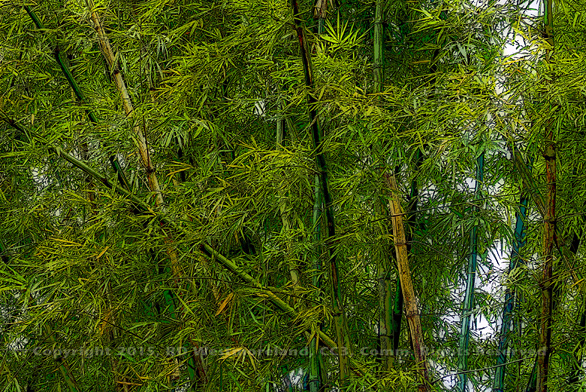
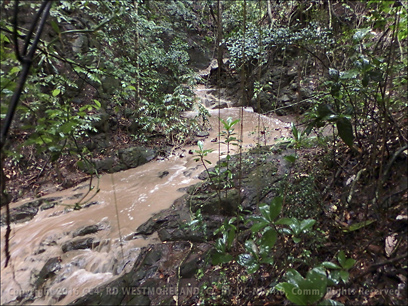
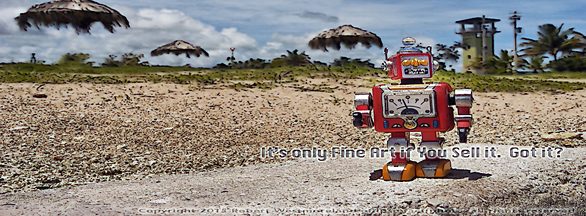


CL Barrier says
Finding ones niche(s) paramount .. sharing them with the rest of us, true gift(s) shared. Thanks, S.Dog